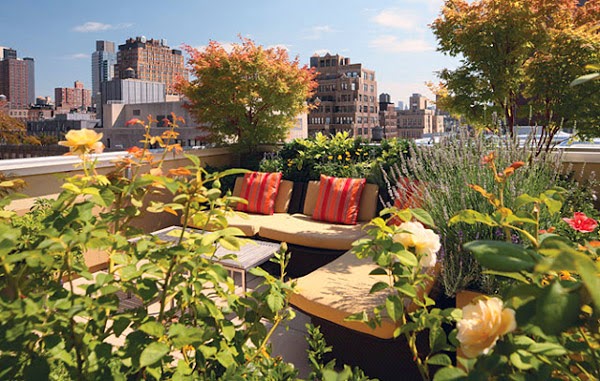Snake Plants is a great houseplant for beginning gardeners. It is a very carefree type of plant that likes dry soil and air, which makes it perfect for many indoor environments.
This plant has a variegated leaf that can reach two feet in height. Some varieties can have leaves that are edged white or yellow. One variety also produces a low growing leaf that only grows a few inches.
Growth Requirements
- This plant is a slow grower and infrequently needs to be transplanted. If you want to share the plant, it can be divided or started from a leaf cutting. Regardless of which propagation technique you choose, the soil medium needs to be a soilless or cactus medium.
- Snake Plant is very tolerant of temperature fluctuations. The ideal temperature range is 60-75 degrees F but it can tolerate other temperatures as long as it is not freezing.
- The sunlight requirement of this plant is just as tolerant. It does very well in bright sunlight to partial shade but it can survive in shady conditions.
Propagation Techniques
If you want to share your plant or need additional starts of this plant, there are two propagation techniques to follow. The first type and the easiest is through plant division. To begin this process, one needs to gather all their supplies. This includes a sharp knife, container, drainage material, soilless or cactus mix and plant.
- The first step of this process is to remove the plant from its container. This is easily done by tipping the plant upside down into your hand and gently tapping on the container. If the plant will not come out, gently squeeze the sides of the container to loosen the root ball. Next, lay the plant onto a hard surface and examine the root mass. Depending on how many starts you want will determine how may cuts you need to make. Regardless of the number, the process is the same and entails running a knife through the root mass and dividing it.
- Once the plant has been divided, place drainage material in the bottom of the container, add planting medium and place divided plant material into the container. Fill in the pot as needed until the pot is filled within ½ inch from the rim.
- The second type is leaf cutting. To begin this process only requires minimum supplies and includes the plant, a knife, container and rooting medium. The process is simple and starts by taking a 3 to 4-inch piece of the leaf and sticking it into the rooting medium so that ¾ of the leaf is in the medium. Once this is done, keep the rooting medium evenly moist and in a few weeks roots will begin to appear on the bottom of the leaf.
Problems
While this plant is easy to grow, there are some problems.
- First, this plant does not like to be in soggy soil. Many gardeners misinterpreted the sagging leaves of this plant as a signal that the plant needs water. The opposite is true. Saggy leaves are an indicator that the planting medium is too wet so before watering always check two inches down.
- The second problem that exists is the structure of the leaf. The point on top of the leaf can be dangerous and can even go through an eye. To remove this danger, clip off the tops whenever they appear.
- The third problem is that this plant is susceptible to thrips and scale.

















































